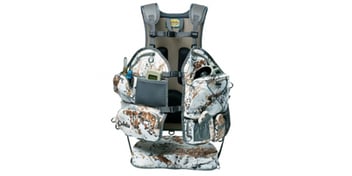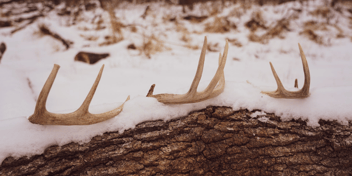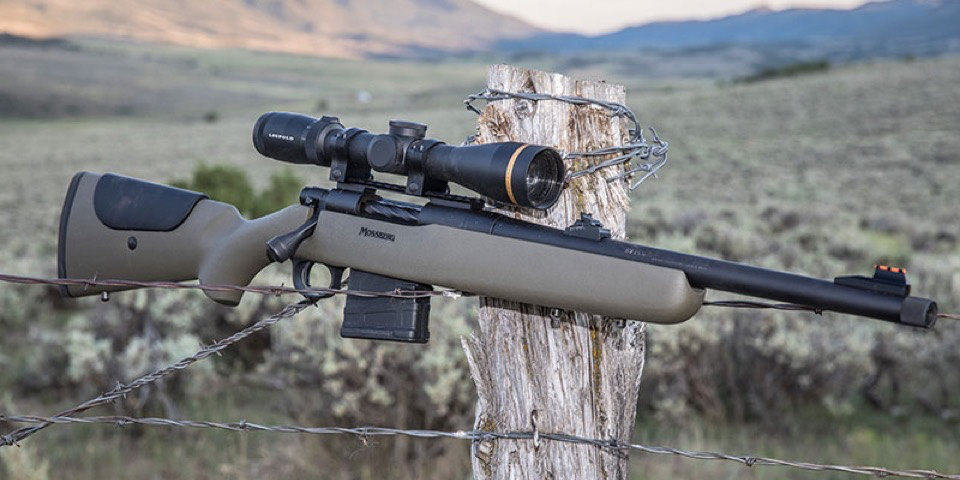
While long-range shooting can be an incredibly expensive pursuit capable of boggling your mind with the kind of physics equations that would make Sir Isaac Newton scratch his head, it doesn’t have to be that confusing—or budget-busting. With the right gear and a proper understanding of the fundamental aspects of marksmanship, going long isn’t as lofty a proposition as you might think. Follow these seven golden rules of long-range shooting and you’re bound to experience steel-slapping success without taking out a second mortgage.
1.Rifle and Cartridge
If you’ve ever done any online window shopping for long-range rifles, you’re well aware that you can spend more on a rifle and scope than many people spend on a vehicle purchase. That’s got to be one of the biggest barriers for most blue-collar shooters when pondering an entry into the long-range category, whether for competition shooting or hunting applications. The good news is that it doesn’t have to be that way, as long as you keep caliber and rifle selection in mind.
For budget-friendly long-range endeavors, the .308 Winchester has got to be one of the best choices. Introduced by Winchester as a sporting cartridge in 1952, the .308 is certainly one of the most popular and versatile cartridges on the market, and for good reason. It functions in standard- to medium-length actions, has proven itself as a standardized military cartridge since 1957, and is fully capable of taking nearly any North American big game species. Ammunition is widely available and relatively cheap, and every serious rifle manufacturer chambers the round. It offers a similar performance to the .30-06 Springfield, with less recoil.
Many manufacturers, including Hornady, offer long-range-specific loads like the ELD-X, which is great at long distances, relatively affordable, and eliminates the need to reload. If you do decide to reload, you can save money and there’s a huge selection of affordable brass, bullets, and tools to get the job done.
The .308 also has a storied reputation as a highly accurate round among serious long-range and competition shooters. Pushing a wide range of projectiles up to roughly 3,200 fps, the .308 carries enough energy and velocity to make the famous 1,000-yard shot. The other great feature, especially from a hunter’s perspective, is that the .308 functions well in a shorter barrel and action, giving you a relatively lightweight platform for going the distance.
Mossberg’s MVP LR-T (Long-Range Tactical) rifle is an excellent example of how go-long performance can be had out of a rifle that doesn’t crush your bank account. Chambered in .308 (7.62mm NATO) and also available in .223 Rem. (5.56mm NATO), the LR-T features an adjustable cheekpiece on the buttstock, green textured finish, and Picatinny rail for easy mounting of optics, including military-style long-range scopes. The MVP LR-T accepts M1A/M14 and AR-10-style magazines, including Magpul variants. With a 16.25-inch medium bull barrel, it’s maneuverable in close quarters or the brush, weighs just 7.5 pounds and features fiber optic sights (a great backup option for hunters). And all that for just $975.
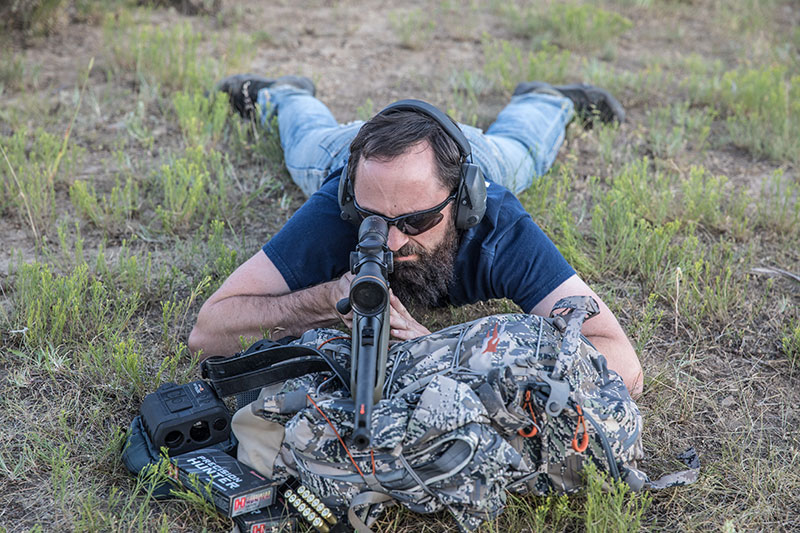
2.Trigger and Press Matter
Besides the rifle and cartridge you choose, one of the single most important factors for going long is your trigger and press. Like a small rudder that steers a giant ship, your mechanics when it comes to squeezing the trigger are going to make the biggest difference in consistent long-range accuracy.
Of course, to capitalize on great shooting form, you’ve first got to have a great trigger. That’s where the MVP LR-T shines, as it features a Lightning Bolt-Action (LBA) trigger that’s adjustable between 3-7 pounds and breaks cleanly and crisply. I shot a weeklong course at Gunsite Academy last year with the MVP Scout Rifle in .308, also with the LBA trigger, and I can safely say it’s among the best out there for the money.
Trigger press is a relatively simple, yet crucial, component of long-range accuracy. First, you want to make sure you’re making contact with the front blade of the trigger with the center of the top pad of your index finger. I generally place the middle of that pad on the front of the trigger, trying to avoid the crease between the first and second joint in your finger (which causes you to torque the trigger sideways rather than apply pressure directly to the rear).
Next, you’ll want to avoid wrapping your thumb around the buttstock, which also creates sideways torque. Instead, place your thumb straight along the stock of the rifle so that it points to the end of the barrel. Finally, before you ever fire around, make sure you dry-fire the rifle to get acquainted with the trigger break. Practice applying steady, gradual pressure to the trigger without slapping or sharply pulling. This will lead to the best long-range accuracy.
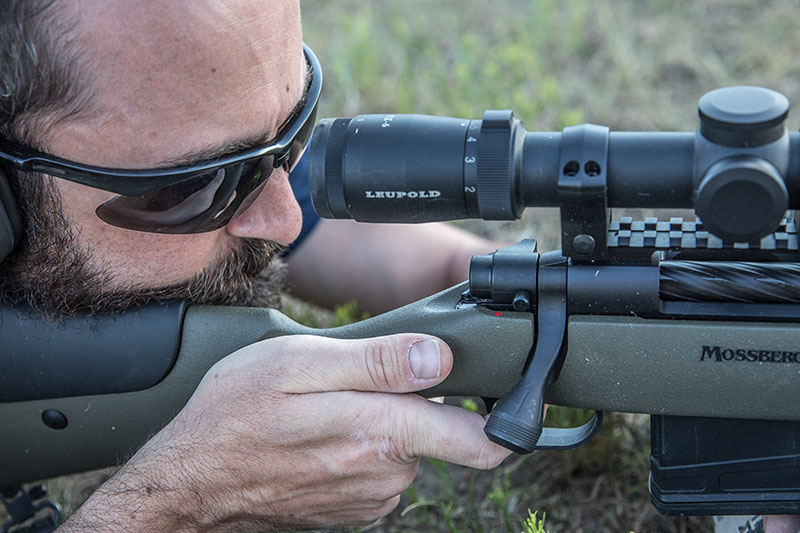
3.Your entire Body on the Ground
As a general rule, the more of your body you can get on the ground, the more accurate and stable your shot is going to be. For that reason, one of the most-used shooting positions for the long-range expert is going to be the prone position. Generally speaking, you’ll either be shooting off a rest (like a backpack) or a bipod. As a hunter, I like being proficient off a pack, so that’s the way I practice.
When getting into the prone position, you want your legs to be in a wedge shape directly behind your torso, not canted to one side. The rifle should be directly in line with your torso as well, not canted. This allows your body to directly absorb recoil, making for great long-range accuracy and successful follow-up shots. Make sure your feet and heels are on the ground, not sticking up in the air. Both elbows should be placed symmetrically to the side of your torso, using the long portion of your forearm (not the point of your elbow) to steady along the ground. Try to practice getting into a comfortable position that you can maintain without much strain.
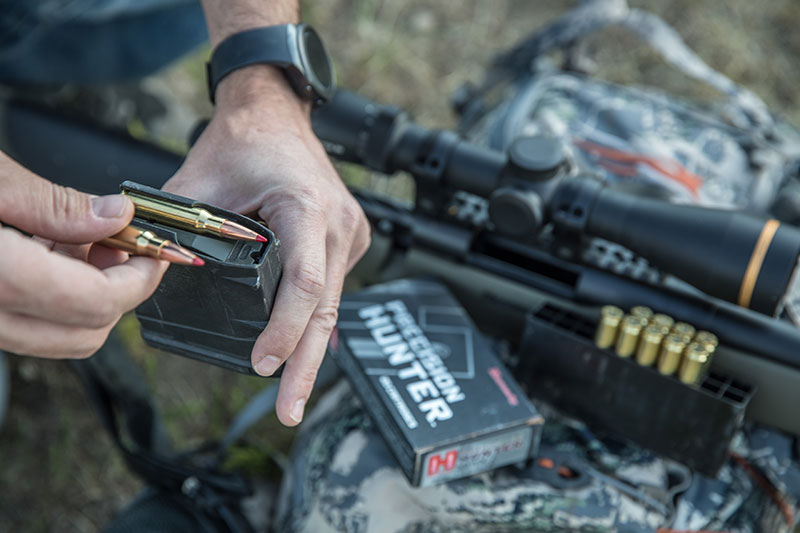
4.Range it, Don’t Guess it
You’d be surprised how many times I’ve heard stories from hunters about attempts, usually failed, at long-range shots in which the shooter wasn’t sure if the actual distance was 500 or 800 yards. Not exactly ethical, especially when you’re talking about hunting. It’s one thing to guess on steel, quite another when an animal is involved. Either way, a quality rangefinder can be had for a couple of hundred bucks (or less), so there’s no reason not to have one. Whatever you practice with, that’s the rangefinder you need to bring into the field or competition with you, since each model can slightly differ and even a few yards make an even bigger difference as your shooting distance grows.
For the serious long-range aficionado, I’d recommend G7 rangefinders. Not only do select models offer load-specific readings, but they also offer windage adjustments, and they’re incredibly accurate. Right now I’m using a BR2 that can be ballistically matched to a G7 turret on the caliber of my choosing. If you’re serious about the long-range game (and have money to burn), I highly recommend this route.
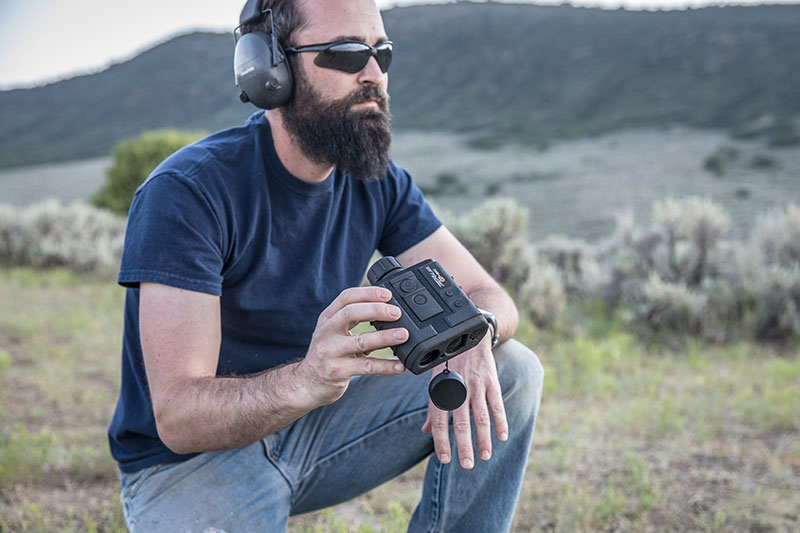
5.Don’t Go Cheap on the Scope
I can’t tell you how many folks I’ve seen try to get serious range out of a $100 scope they bought at the local box store. It’s usually those same folks who tell me an $800 scope is overrated and who, more than likely, have never experienced the difference between quality and disposable glass. Several quality glass makers offer models under $1,000 that will get you at least closer to the 1,000-yard finish line, including Zeiss and Leupold. I’ve currently got a VX-6 attached to an MVP LR-T in .308, and I’ve easily smacked steel at 500 yards. That’s by no means a go-to long-range optic, but it is an example of quality glass that would suit most longer shots in a hunting scenario.
For the serious long ranger, I’d start with a company like Vortex and pick a scope with externally marked, uncapped windage and elevation turrets. Most companies will offer a personalized, load-specific turret with yardage markers (Leupold’s custom shop does this), which is my personal favorite and allows me to avoid all that high school math I bombed so many years ago. Other great options can be had from Steiner, Burris, or Nightforce. Whatever you land on, don’t skimp. The price is well worth it.
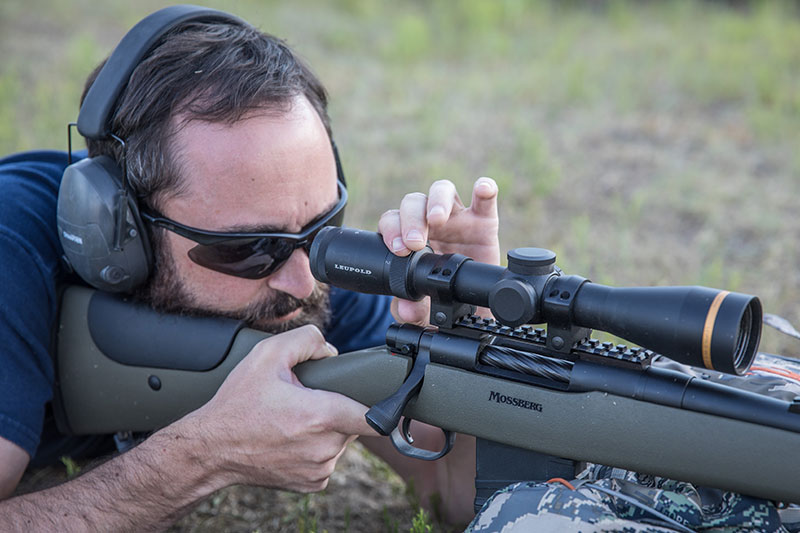
6.Use a Spotter When You Can
While a spotting scope (and a partner to run it) isn’t essential, it’s pretty darn close. It’s tough to tell, for instance, where you’re hitting at 900 yards when you’re bouncing off the scope after absorbing the recoil from the shot, whereas a spotter can help walk you into the target. When hunting, I’ll typically have a trusted friend running the spotting scope and a rangefinder for me while I’m tracking the animal in my scope. But even on paper or steel targets, a friend on the spotting scope makes the job that much easier. That’s why competition shooters rely on a good spotter, as do military personnel. It’s also a great way to include my kids when shooting at steel since they feel a part of the action and get to learn the ins and outs of long-range shooting at the same time.
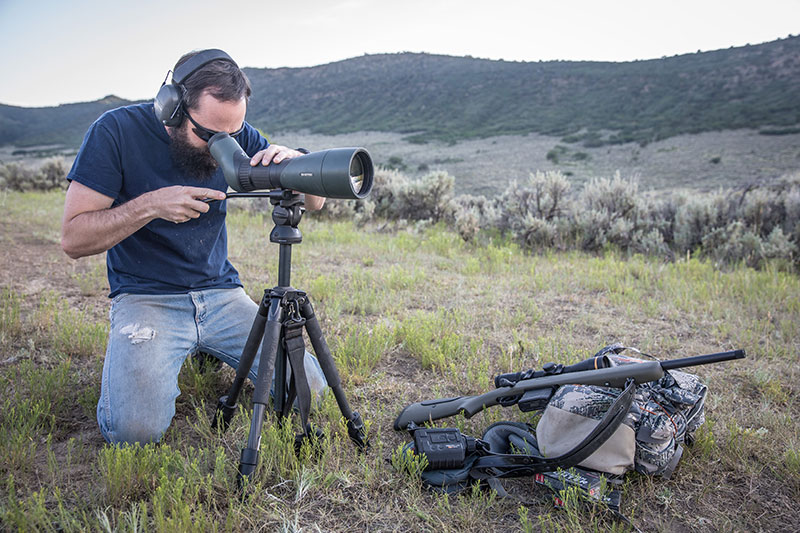
7. Practice Really Does Make Perfect
There’s nothing dumber, in my opinion, that thinking three preseason shots on paper qualifies you to take a 600-yard shot on an animal. Nor, for that matter, that three shots on paper would mean you’re ready to tackle a serious PRS competition. If you want to master the long shot, it’s going to take a lot of practice in real-world shooting scenarios—all the more reason to select a cartridge that’s affordable to shoot! The good news is long-range shooting is about marksmanship fundamentals and mastery of your gear, not voodoo or magic. So start small, work your way up, and follow these seven golden rules of long-range shooting to make the most out of your experience.
About the Author



